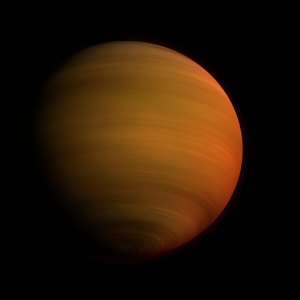|
|
Space Astro
|
Info for exoplanet "Greip-en"
| Scientific (actual) data |
|---|
| Name | Kepler-417 b |
| Planet status | Confirmed |
| Planet mass | 0.035 |
| Radius | 0.206 |
| Orbital period | 12.331 |
| Discovered | 2014 |
| Updated | 2021-02-05 |
| Publication | Published in a refereed paper |
| Detection type | TTV |
| Mass measurement type | TTV |
| Radius measurement type | Primary Transit |
| Alternate names | 2MASS J19351783+4246469 b, K02113.02, KIC 7207061 b, KOI-2113 b, KOI-2113.02 |
| Star name | Kepler-417 |
| Right ascension | 293.82° |
| Declination | 42.78° |
| Mag j | 14.426 |
| Mag h | 13.958 |
| Mag k | 13.9 |
| Star distance | 999.47 |
| Star mass | 0.9 |
| Star radius | 0.81 |
| Star alternate names | Kepler-417, 2MASS J19351783+4246469, KIC 7207061, KOI-2113, WISE J193517.82+424646.7 |
| Wikipedia article | Kepler-417 b |
Back
| |
| Fictional info (?) |
|---|
| Suggested name | Greip-en |
| Planet type | Small cold gas planet |
|
| Atmosphere | Ozone | 99% |
| Hydrogen deuteride (HD) | 0.07% |
| Carbon monoxide | 0.067% |
| Atmospheric pressure | 0.12 bar |
 |
| No known satellites |
| Google search for Greip-en |
|
Website by Joachim Michaelis
|
|
|
|